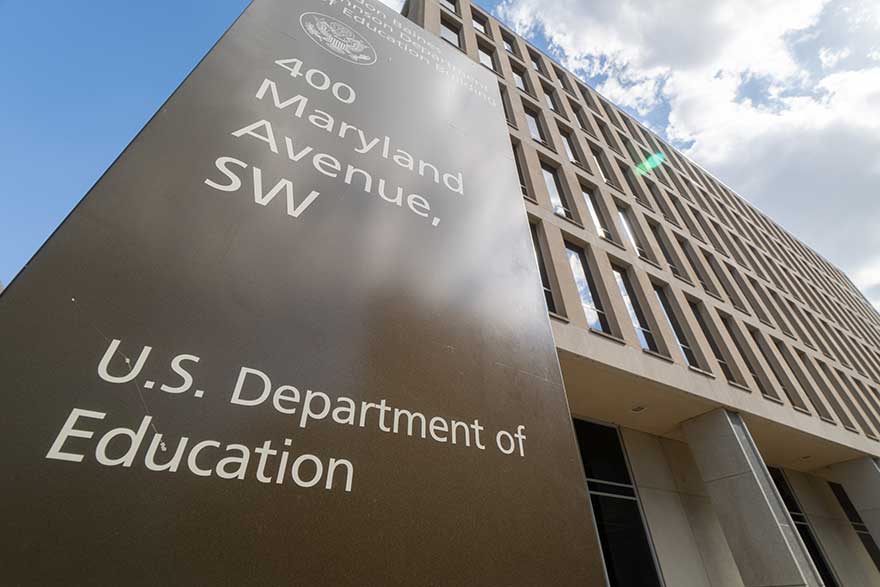President Donald Trump’s pledge to close the U.S. Department of Education has sparked uncertainty nationwide across college campuses, including Metropolitan State University of Denver, raising questions about the future of student loans, financial aid and grant programs administered by the agency.
Dissolving the Education Department would require congressional action
While experts weigh the likelihood and implications of such a move, it’s important to know that eliminating the Education Department would require approval from both houses of Congress, said Kaycee Gerhart, MSU Denver vice president of Government and External Affairs.
The Department of Education has faced multiple closure attempts since its establishment in 1979. As early as 1980, there were efforts to dismantle the department, and as recently as 2023, legislation to shut down the department failed, with 60 House Republicans joining all Democrats in opposing the measure.
Core functions would be reassigned
Gerhart and other government and education experts believe that even if the department is vanquished, financial aid and other programs would continue under the oversight of other agencies.
At her Senate confirmation hearings Thursday, Linda McMahon, Trump’s choice to lead the department, promised to preserve several of its core functions, including disbursing Title I money for low-income K-12 schools, Pell Grants for low-income college students and Public Service Loan Forgiveness.

“Dissolving a department does not automatically mean its programs go away,” Gerhart said. “It doesn’t mean federal student-aid programs would end. These functions are likely to be redistributed to another federal agency or dispersed to states.”
Most education-related responsibilities rest with states
It’s important to understand what the U.S. Department of Education does and does not do. States oversee most aspects of education, though the U.S. Department of Education plays a key role in areas such as funding distribution, data collection and student protections. According to U.S. News & World Report, the department’s roles include:
- Disbursing Title I funds to elementary and secondary schools with large low-income student populations.
- Collecting data on schools and education.
- Overseeing accrediting agencies and programs that support higher-education institutions.
- Protecting students against racial and sex-based discrimination.
- Managing student financial-aid assistance programs, including federal loans and grants.
What’s next?
Many who advocate dismantling the Education Department have suggested transferring responsibility for financial aid, student loans, work-study funds and the Free Application for Federal Student Aid, known as FAFSA, to the U.S. Treasury Department.
Meanwhile, even Project 2025, the playbook that many think is guiding much of the White House policy agenda, calls for the department to be abolished but for financial aid to continue.
And Pell Grants — federal awards based on financial need — have broad support and aren’t likely to go away, Gerhart said.
Some suggest Congress may slash funding for federal college-access initiatives, such as work-study or public-service loan forgiveness, but what those cuts could be and how deep they might be is not known.
“As we’ve said before about the evolving federal-policy landscape, it’s important to take a measured approach to understanding how changes may affect the University’s mission,” Gerhart said. “MSU Denver was serving students long before the Department of Education (was created), and while changes may come, we’ll adapt as we always have to continue delivering on our mission.”
For the latest government-policy updates or for information on the University’s approach to policy change, visit the MSU Denver Government Affairs website.








